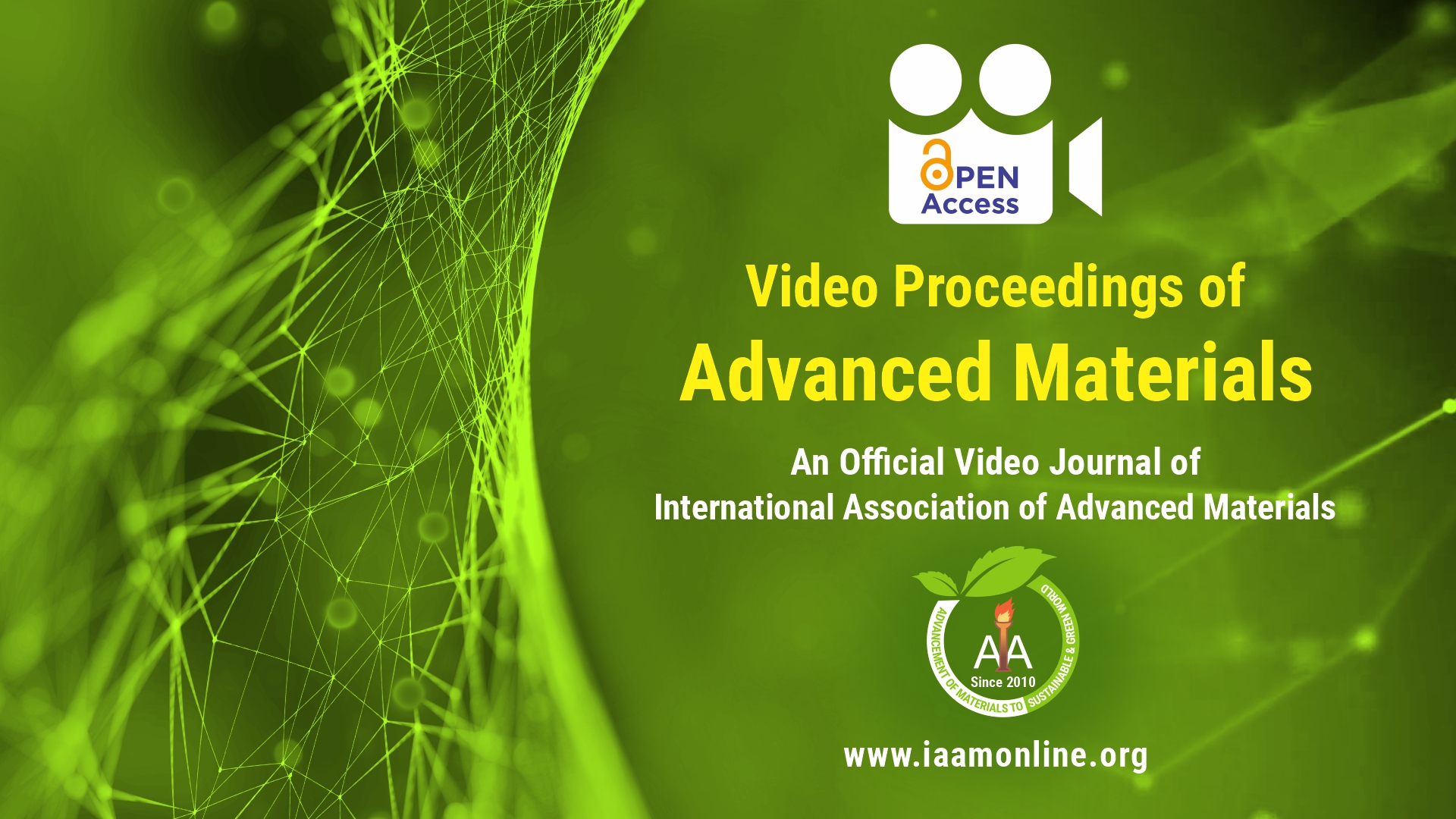Video Article Open Access
Semiconductor Nanoparticles and their Derivatives for Terahertz Applications
Thomas Wong*, Zi Wang
Illinois Institute of Technology, Chicago, Illinois 60616, USA
Vid. Proc. Adv. Mater., Volume 3, Article ID 2208233 (2022)
DOI: 10.5185/vpoam.2022.08233
Publication Date (Web): 30 Sep 2022
Copyright © IAAM
Graphical Abstract

Abstract
Semiconductor nanoparticles are expected to offer unique opportunities for technological advancement in the terahertz and far-infrared regions of the electromagnetic spectrum, in roles similar to those played by metallic nanoparticles in the optical frequency range. With a bulk plasma frequency that can be tuned by variation in doping, extrinsic semiconductor nanostructures can take advantage of this degree of freedom not easily available to metals to cover a much wider fractional spectral range than that delivered by nanoparticles of noble metals. In this presentation, the basic phenomenon of surface plasmon resonance (SPR) in an isolated semiconductor nanoparticle (SNP) is described, along with its applications and characterization. This is followed by a display of the properties of several derivatives of the SNP, including a core-shell structure, a nanocavity, and simple cluster such as a semiconductor nanodimer (SND). Their unique characteristics and potential applications are considered. While opportunities lie ahead for SNP, their fabrication and utilization pose considerable challenges; some of the foreseeable ones will be discussed. The presentation closes with an exposition of the merits of silicon as an abundant and sustainable material for electronic and photonic technologies and beyond.
Keywords
Semiconductor nanoparticles, surface plasmon resonance, silicon, sustainability.
References
- Z. Hu, Z. Wang, Y. Li, T. Shen, M. Yan, and T. Wong, Adv. Mater. Lett., 12, 2021 21061635.
- Z. Hu, Z. Wang, Y. Li, T. Shen, M. Yan, and T. Wong, Proc. 46th IRMMW-THz Conf., 2021.
Biography
Thomas Wong read electrical engineering at the University of Hong Kong and did graduate research in microwave measurement of materials at Northwestern University. He joined the faculty of Illinois Institute of Technology in 1981 and is currently a professor. He has served as graduate program director in electrical and computer engineering, department chairman, and chair of the faculty council. His research has mainly been in applied electromagnetics, microwave instrumentation, and materials characterization. He has been involved in the planning, development and mentoring in an interdisciplinary project-based learning program for two decades. He is the author of Fundamentals of Distributed Amplification (Artech, 1993), co-author of Electromagnetic Fields and Waves (Higher Education Press, 2006 & 2012), and originator of several patents in microwave electronics and wireless systems.
Video Proceedings of Advanced Materials

Upcoming Congress



